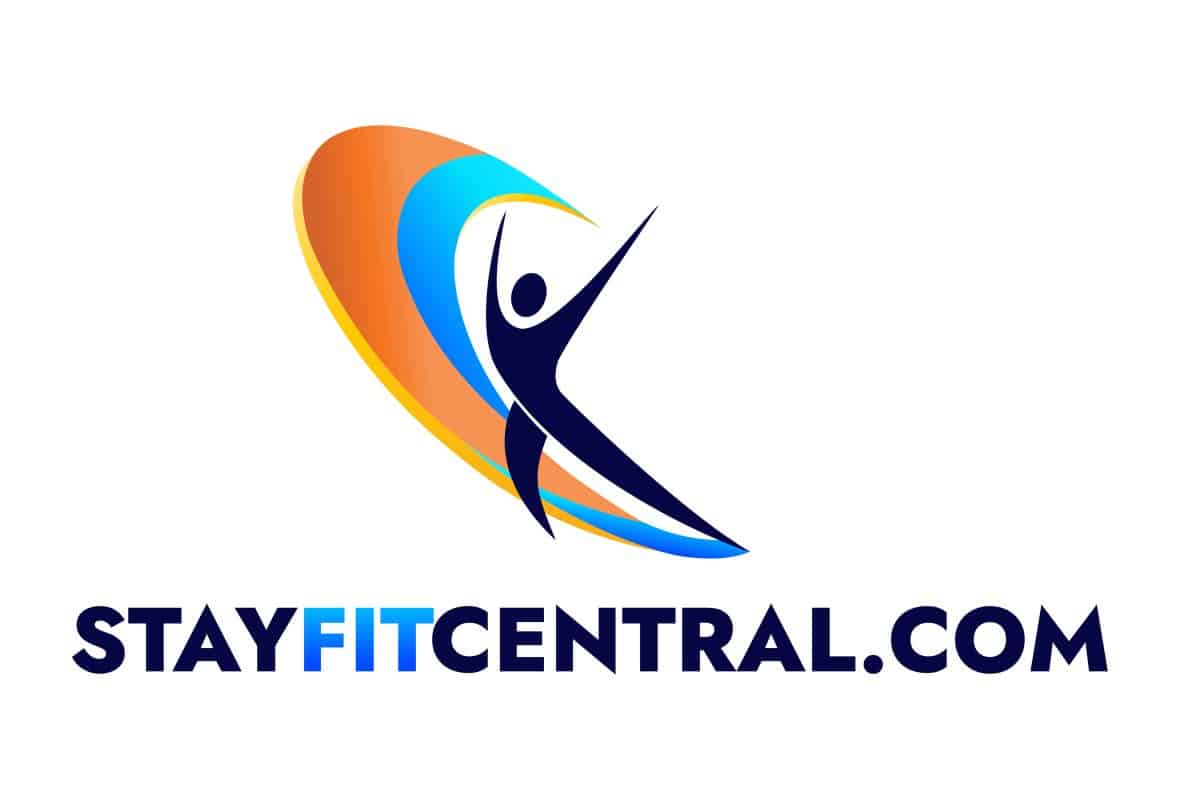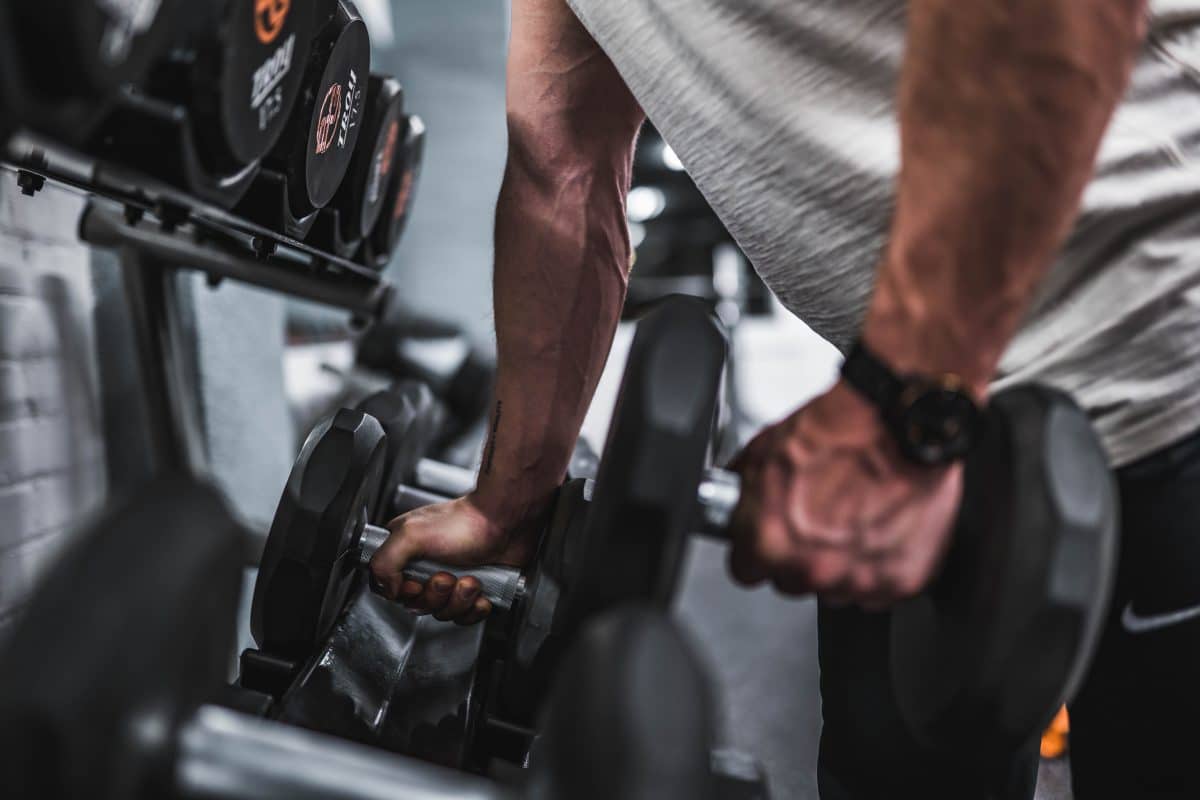Workout Tracker
3 Full Body Workouts A Week – Template And Tracker
How’s it going? In this article I’m going to show you how to use your weight training tracker to get the most from your full body workouts. You’ll also get a free template that gives you everything needed to create a custom 3 workout a week training plan in minutes.
The information I share in this article is from years of trial and error. I’ve tried all several dozen 3 day a week workout plans and just as many strength training trackers, apps, and journals. All of this experimentation taught me a lot about the best ways to design this type of workout and track them for the best results in the least amount of time.
Now that you know what you’re getting, let’s get into it so you can get started ASAP. First we’ll go over the workout template so you see how to create your workout. Then I’ll show you how to track your workouts and use this info to get the most from every exercise, set, and rep you do.
Here’s Your 3-Day-A-Week Full Body Workout Template
When you do this workout you’ll train all of the large muscle groups in your body. Smaller muscles get a great workout too. By training this way you’ll build a body that’s strong, functional, and fit from your head to your toes.
Let’s start with planning which days of the week to workout and which you’ll take off. Every week you’ll lift weights 3 times, taking a day off between the first and second workouts of the week and 2 days after the 3rd.
One way to do this is to train on Monday, Wednesday, and Friday. You can do cardio, play a sport, rest, etc. the other days of the week.
Stick to this schedule for as long as you choose to do this program. If you occasionally need to train on back to back days that’s okay. It’s better than not training. Be aware that you may have to adjust the sets, reps, and weights used during the 2nd workout.

Choose The Exercises For Your 3 Day Week A Workout
Instead of giving you specific exercises I’m instead going to show you what types you need to do to have a full body workout that works. Then I’ll give you exercises to choose from. Pick the one that you think will be best for you or that you can do because of the equipment available.
You can do exercises that aren’t listed. Just make sure to make sure every workout you do consists of at least 1 type of squat or lunge, rows or pulls, presses, and swing or hip hinge.
Choose 1 of each type of exercise to create our workout. You can do the same or do different exercises every workout.
There’s one caveat to this. Make sure you do 1 lower body workout a week that makes you move laterally and at least rotational movement where you’re twisting from the waist. This will ensure you’re training not just every muscle but every way we move throughout the day.
- A Squat or Lunge
This is often the hardest exercise of the workout. This is because you’re training your glutes, quads, and hamstrings. They’re 3 of the biggest and strongest muscles in your body. This allows you to use heavier weights and work harder than with other muscles.
It’s a good idea to do them first. You’ll have the most energy and strength to give every rep your all.
There are hundreds of exercises to choose from including: front squats, back squats, lunges (regular, reverse, lateral), split squats, step-ups.
When it comes to choosing a lateral movement you can choose from lateral squats, lateral lunges, side shuffle holding a weight, and side planks with a leg raise.
2. A Rowing Or Pulling Exercise
Both of these movements work every muscle in your back, especially your lats, rhomboids, and traps. Your biceps and forearms get a great workout too. You can do them with any type of weights, a pull up bar, rings or whatever heavy stuff you can pick up and row.
A few of the many options to choose from are: bent over rows, seated rows, lat pull downs, pull-ups or chin-ups, and reverse rows.
3. Presses
Here you’ll give your shoulders, chest, and triceps a workout. Great options include any type of the following exercises: overhead presses, bench press, dips, floor presses, and push ups.
You can also do standing rotational shoulder presses as your rotational movement of the week. Windmills are another choice for a pressing exercise that has you rotating from your waist.
4. Swings/Hip Hinge
Many types of swings and hip hinge exercises are as demanding and intense as squats and lunges. Depending on your goals, you may want to do this movement before or after your squat/lunge exercise.
You’ll train your legs again like when you did squats or lunges but the movement is different. Instead of squatting or lunging you’ll be bending at the waist and using your glutes, hamstrings, and core to pull or swing the weight back up.
Some popular swing and hip hinge exercises are: kettlebell swings, stiff-legged deadlifts, traditional deadlifts, kettlebell snatches, and cleans. Like all of the other exercises, choose the one that will work the best for your goals.
What About Training My Arms, Core, And Calves?
Don’t panic, they’ll all get enough attention. The four types of exercises you selected first will help all of them grow and get stronger. If you want to train them on their own, that’s cool. It’s a good idea to do them last so you don’t compromise your performance on the main exercises.
How to train these muscles. Pick 1-3 exercises per workout for the smaller muscles you want to train.
Exercises you can choose from include:
- Arms: biceps curls, hammer curls, concentration curls, triceps extensions, triceps push downs, wrist flexion and extension, plate holds.
- Core: planks, Copenhagens, back extensions, hollow body holds, sit ups, Russian twists.
- Calves: standing and seated calf raises.
Decide On Your Sets, Reps, Weight And Rest Between Sets
Here’s the guidelines for the next most important part of your workout. It’s the number of sets and reps you’ll do for each exercise along with how long to rest between each set. I’ll also tell you how to choose the right weight to lift when you’re doing an exercise for the first time.
- Number Of Sets Per Workout. Anywhere from 6-15 total sets works. I recommend starting with 8-10 sets and adjusting after 1-2 weeks.
- Reps per Set. This varies by your goals. Here are some guidelines: strength & power: 1-5 reps, build muscle: 6-12 reps, endurance: 13-25+ reps.
- Rest Between Sets. Like the number of reps you do every set, your rest between sets is based on what kind of workout you’re doing. Use these as guidelines: take 60-90 seconds when your goal is to build muscle, 2-5 minutes when using lower reps and heavier weights to get stronger, and less than 60 seconds when you want to increase your muscular endurance.
- Your starting weight for every exercise. If you’re doing a new exercise this may take a little bit of testing. I read an article by Chad Waterbury years ago where he wrote that you should be able to do 1-2 more reps with the weight you’re using. I follow this suggestion to this day. What he’s saying is that the weight should be heavy and hard to lift but doesn’t make you go to failure or compromise your form.
Let’s Put EverythingTogether To Create Your Workout
Below is a workout template that puts together all of the steps I list above. You’ll see it’s a total body workout that trains each muscle from every angle. Click here or on the image below to get your Google Sheets ™ spreadsheet copy the workout.
The first 2 workouts of the week emphasize your lower and upper body muscles respectively while still being total body. Your 3rd workout of the week is balanced between upper and lower body muscle groups.
1. Workout 1 – Lower Body Focus
- Squat/lunge exercise
- Hip hing or swing
- Pressing or pushing exercise
- Rowing or pulling
- 1-2 Finishers
2. Workout 2 – Upper Body Focus
- Pressing or pushing
- Rowing or Pulling
- Pushing or pressing
- Lateral Squat or lunge
- 1-2 Finishers
3. Workout 3 – Balanced Upper and Lower Body
- Rotational squat or lunge
- Row or pulling exercise
- Hip hinge or swing
- Rotational Pressing
- 1-2 Finishers
How To Track These Workouts
- Pre-workout tracking. The first thing you want to do is add the specific exercises you are going to do at each workout using the format on the template. Then, add the number of reps you want to do every set. Next add the weight you plan on lifting for every set of each exercise. Last, add the amount of rest you’re going to take between sets.
- While you train or post-workout. During or after your workout update your tracker, noting anything you did differently than what you originally planned. This can be the number of sets or reps, how long you rested, or if you used a different weight for any of the exercises. You may even have done a different exercise. Change that too.
- Tracking between workouts. Review all of the workouts and exercises you’ve done at the end of every week, or at the least month. You want to look at things like how the number of reps or weight your lifting is changing for every exercise and your workout volume (sets*reps*weight lifted) over time.
The first will show you whether you’re getting stronger and fitter and the second shows if the amount of work you’re capable of is increasing, decreasing, or staying the same. Use this information to make any necessary changes. This can include: increasing or decreasing the weight you’re using, doing more or less sets and reps, and changing exercises for new variations.
I like to do this analysis by making graphs and charts with my weight training tracker.
Look at the screenshot below for an example.
A Weight Lifting Tracker That Does All Of This For You
While you can use the template and information in this article with many apps and workout journals you’re still going to have to do some work.
Instead of working on your tracker to get things right you can use our tracker which does the work for you. This will save you time, frustration, and make tracking and planning your workouts a quick and easy process.
Here are some of the things you get.
- It works with your Google ™ account to keep your information safe and private.
- You can access the tracker anywhere there’s an Internet connection.
- Make workout templates with a single click.
- Every workout is saved for you in an easy to reference workout library.
- A full screen workout dashboard keeps you up to date on your performance.
Make This Workout Your Next Workout
This 3-day-a-week full-body workout template along with our weight lifting tracker is everything you need to achieve your goals. All that’s left is for you to get started. Don’t waste another rep with a lesser program.
- Why You Should Buy An AI Personal Trainer - April 5, 2024
- Before You Buy –Features Personalized AI Workouts Require - March 20, 2024
- AI Workouts Have Come To The Super Bowl - February 7, 2024

